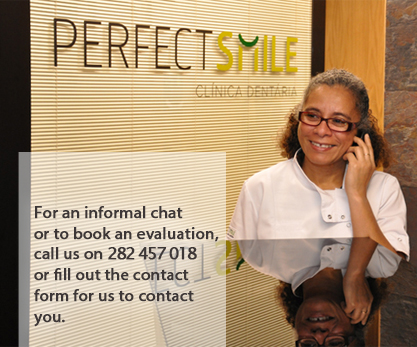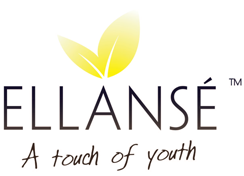 ZOOM WhiteSpeed Teeth Whitening
ZOOM WhiteSpeed Teeth Whitening
What is Zoom WhiteSpeed?
Philips Zoom WhiteSpeed is an In-Office procedure for whitening discolored teeth. A bright sparkling smile can make a difference in patients’ lives and motivate them to take better care of their teeth. Zoom WhiteSpeed whitens teeth up to 8 shades in less than an hour, not including preparation time.
How does Zoom WhiteSpeed work?
The Zoom Whitening Gel’s active ingredient is hydrogen peroxide. As the hydrogen peroxide is broken down, oxygen enters the enamel and dentin, bleaching colored substances while leaving the structure of the tooth unchanged. The Zoom In-Office Whitening Lamp aids in activating the hydrogen peroxide and helps it penetrate the surface of the tooth.
How long does Zoom In-Office Whitening take?
After the initial recommended oral exam, the complete procedure takes one office visit. The procedure begins with a preparation period followed by three, 15-minutes of bleaching sessions with an optional fourth, 15-minute session to be dispensed at the discretion of the dental professional.
How long do the results last?
Teeth that have been whitened with the Zoom System will stay lighter than they would have been without whitening if post whitening instructions are followed. To keep teeth looking their best, we recommend flossing, brushing twice daily, and occasional maintenance or touchups with the Zoom NiteWhite or DayWhite At-Home Whitening Systems or the Zoom Whitening Pen.
How does contact time between enamel and the Zoom Whitening Gel affect results?
Studies have shown that contact time is an important factor in all whitening products. We recommend three session intervals for optimal results. The application of light from the Zoom Whitening Lamp serves as an activator for the gel. Shortening the contact time with the peroxide or compromising the quality of light activation, diminishes the whitening potential.
I am not getting 8 shades, what am I doing wrong?
We recommend using a VitaPan® Shade Guide, arranged in Value Order, or the Bleached Shade Guide which is already arranged correctly. These guides will give you a true measurement of the results you are able to obtain from the Zoom System.
VitaPan Shade Guide arranged in Value Order
B1 - A1 - B2 - D2 - A2 - C1 - C2 - D4 - A3 - D3 - B3 - A3.5 - B4 - C3 - A4 - C4
Additionally, the Zoom procedure works best on patients with yellow and brown staining. Those patients with gray shading from tetracycline or with fluorosis may experience less dramatic results.
What type of maintenance is recommended following a Zoom procedure?
Some patients will never need to repeat the whitening process. However, the Zoom Whitening System offers several options to maintain results or to further enhance whitening. These include the Zoom DayWhite and Zoom NiteWhite At-Home Whitening Kits, and the Zoom Whitening Pen.
How often can a patient have Zoom In-Office Whitening?
There are no known limitations on the number of Zoom procedures a patient can undergo. However, it is recommended to wait at least 1 week between Zoom procedures.
Is tooth whitening safe?
Yes. Extensive research and clinical studies indicate that whitening teeth under the supervision of a dentist is safe.
What causes tooth sensitivity?
Most cases of tooth sensitivity following a Zoom procedure stem from the patient’s existing tooth sensitivity. Ask patients beforehand if they have a history of dental sensitivity and discuss the possibility that that the Zoom procedure may cause such sensitivity to flare up. However, sensitivity is usually transient and treatable. In addition, check for recession, dentin exposure, severe caries, cracks or abfractions before performing a Zoom procedure.
What type of care is recommended for tooth sensitivity?
Sensitivity during and/or after treatment may occur with some patients but will dissipate. Patients who have existing sensitivity, recession, exposed dentin, exposed root surfaces, recently cracked teeth, abfactions (micro-cracks), open cavities, leaking fillings, or other dental conditions that allow penetration of the gel into the tooth are more susceptible to sensitivity.
What type of care is recommended if sensitivity to heat occurs?
Sensitivity to heat can occur in rare occasions. If the patient complains about heat to the lips or gingival tissue around the front teeth (anterior centrals and laterals), verify that all soft tissue is properly covered. A Light Guide Extender can be used or the lamp head can be moved back slightly from the patient without coming out of the retractor. Do not attempt to operate the lamp outside of the retractor. It should be explained to the patient that decreasing the light will affect whitening results.
What is the purpose of Relief® ACP?
Relief® ACP Oral Care Gel is the post procedure desensitizing gel that combines fluoride and KNO3 to minimize transient sensitivity.










